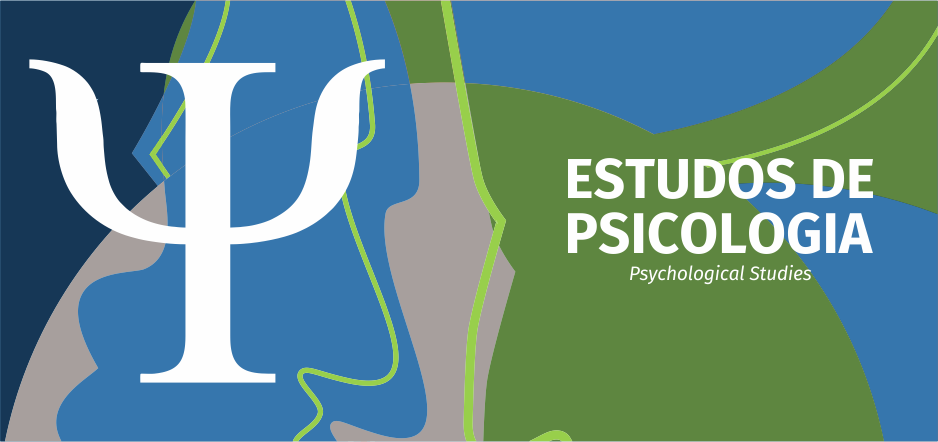Resumo
Objetivo Verificar as associações entre as variáveis paixão, afetos, satisfação com a vida e distresse, o poder preditivo dos diferentes tipos de paixão sobre a percepção de afetos positivos e negativos, e o efeito desta relação frente a avaliação de bem-estar psicológico e distresse, partindo de um modelo teórico. Método Participaram 359 sujeitos, com idades entre 18 e 70 anos (M = 36,60; DP = 11,90) que responderam ao questionário sociodemográfico, Escalas de Paixão, Afetos Positivos e Negativos, Satisfação com a Vida e Distresse Psicológico de Kessler. Os dados foram analisados por meio de coeficientes de correlação e modelagem de equações estruturais.
Resultados A adequação do modelo proposto foi verificada com índices ajustes satisfatórios e relações positivas entre Paixão Harmoniosa, Afetos Positivos e Satisfação com a Vida.
Conclusão Os resultados sugerem que a Paixão Harmoniosa contribui para o enfrentamento do sofrimento e de experiências negativas, como os experimentados no momento pandêmico.
Palavras-chave: Infecções por coronavírus; Saúde mental; Atividade motora; Psicologia do esporte.

 O impacto da paixão pelo exercício na percepção de bem-estar durante períodos de isolamento social
O impacto da paixão pelo exercício na percepção de bem-estar durante períodos de isolamento social Thumbnail
Thumbnail
 Note: HP: Harmonious Passion; NA: Negative Affect; OP: Obsessive Passion; PA: Positive Affect; SWL: Satisfaction with life
Note: HP: Harmonious Passion; NA: Negative Affect; OP: Obsessive Passion; PA: Positive Affect; SWL: Satisfaction with life